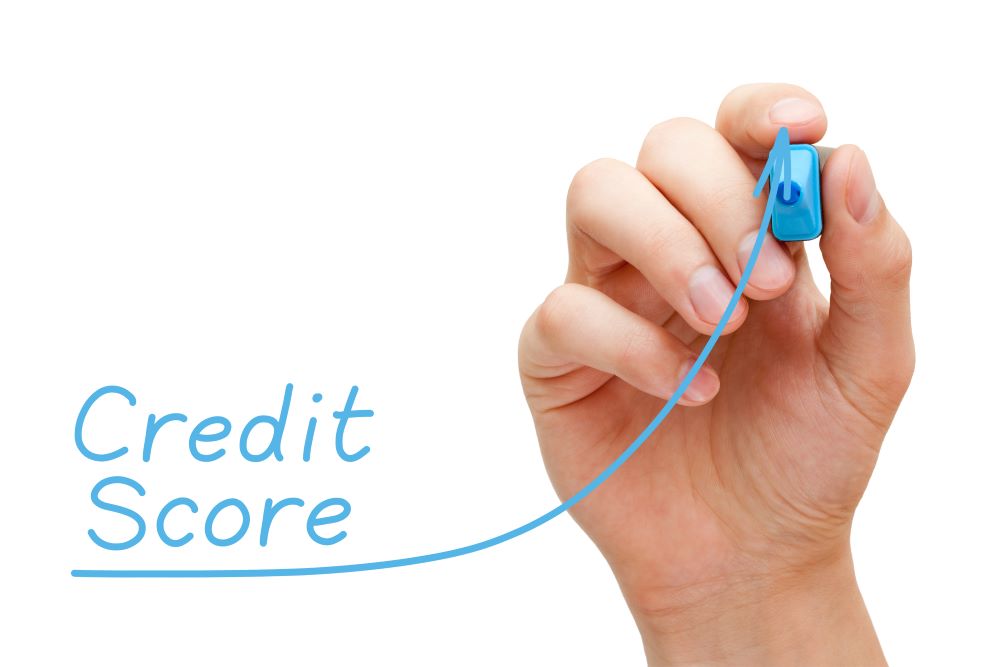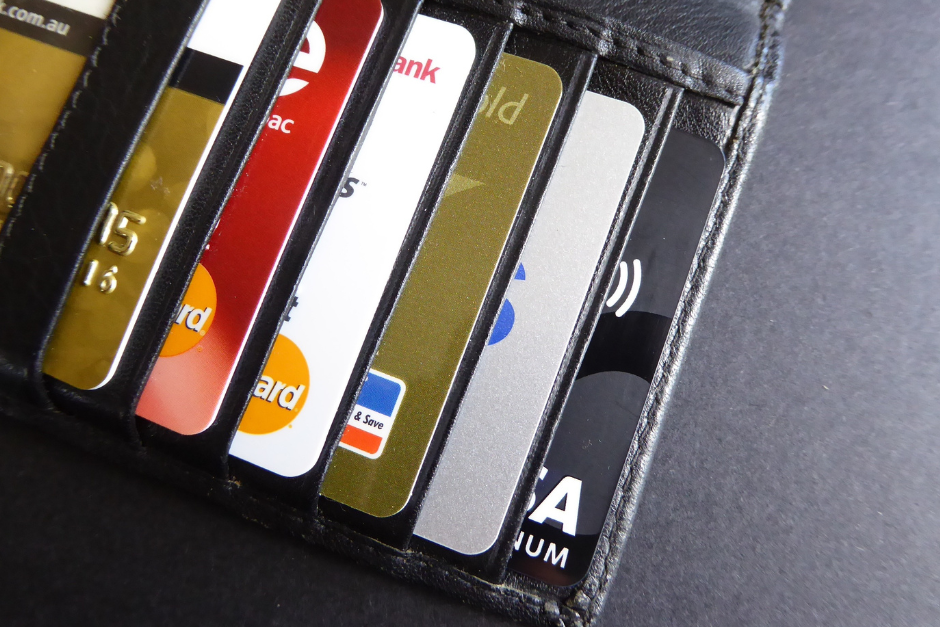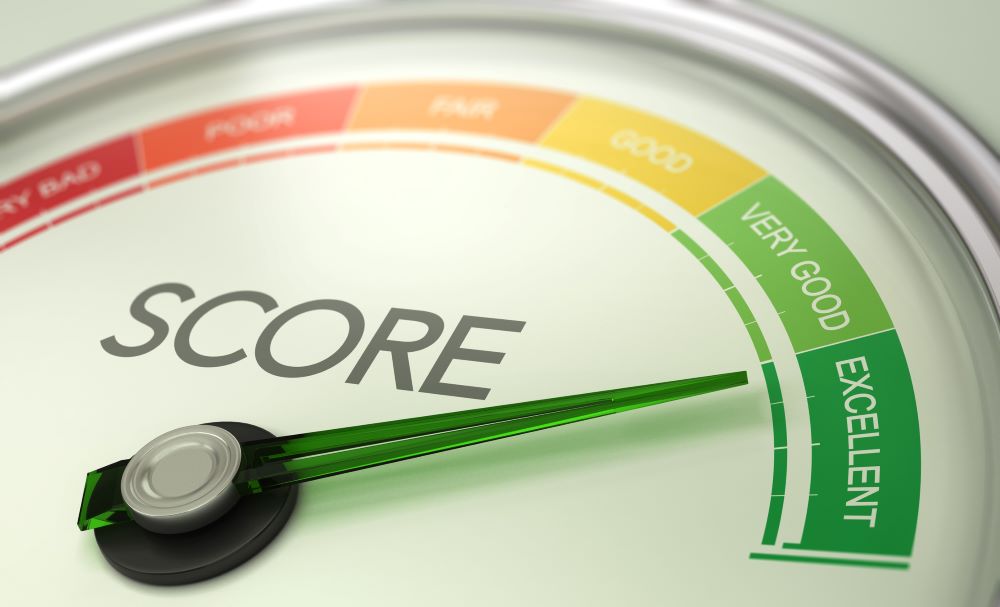What is the highest credit score possible? That sparks the question: What is the lowest credit score possible, and how do your credit scores stack up?
FICO® Scores range from 300 to 850. Getting a perfect 850 is challenging, but not impossible. If you can count yourself among the 1.2% of Americans with a good credit score, pat yourself on the back.
The rest of us, however, can all benefit from learning more about credit scores and what the highest credit score possible is. Let’s dive in and explore what the highest credit score possible is and learn about credit score ranges.
WHAT ARE THE BENEFITS OF HAVING HIGHER CREDIT SCORES?
What’s the biggest benefit of having a perfect credit score? The higher your credit score the more favorable loan terms most lenders may offer. However, most lenders divide credit scores into ranges. Once your score clicks over to the next range, you can be offered the available terms for that range.
For example, most lenders consider 800 to 850 to be excellent credit. Whether your score is 801 or 850, it might not matter because your can be offered the same terms.
Ranges vary slightly depending on which scoring model you use. These are the ranges for FICO® Scores.
- Poor: 300-579
- Fair: 580-669
- Good: 670-739
- Very good: 740-799
- Excellent: 800+
Where does your score fall? If you can stretch your score up to the next range, you can enjoy lower interest rates and other more favorable loan terms.
If you want to positively impact your credit score, it helps to understand how FICO® Scores are calculated. So, let’s look at that first.
WHAT FACTORS INFLUENCE YOUR FICO® SCORES?
FICO® uses several different factors to determine your score. Each factor is weighted according to its importance.
- Payment history: 35%
- Amounts owed: 30%
- Length of credit history: 15%
- New credit: 10%
- Credit mix: 10%
Payment History
This means that your payment history is considered the most important factor and makes up 35% of your score. Lenders want to see that you reliably make your payments on time each month. Payment history information drops off after 7 years, so even if you have had trouble making your payments on time in the past you won’t be barred for life from enjoying a perfect score.
Amounts Owed
The amounts owed, also called credit utilization, represents how much of your available credit you’re using. For example, if you have three credit cards with limits that add up to $18,000 and you are currently carrying a balance of $9,000, your credit utilization is 50%.
Lenders assume that the more of your available credit you’re using, the more likely you are to default because you’re overextended.
Length of Credit History
New credit users won’t be able to strike a perfect credit score because you may need a few years of history to reach the highest mark in this category. However, if the rest of the factors look great, new users can enjoy high scores even without the best score in this category.
Your credit history takes into account the age of your oldest account, newest account and the average age of all your accounts. This is why young people should take out a credit card or some other form of credit as early as possible — even if they don’t use it.
New Credit
Too many new credit accounts at once are a red flag for lenders. It is even more suspicious if you don’t have a long, reliable credit history behind it. Avoid taking out a bunch of loans or credit cards all at once.
Credit Mix
Finally, the credit mix looks at the types of credit you have. Credit cards, installment loans, lines of credit, mortgages, retail accounts, and more all count as different types of credit. A good mix is all that’s needed, not necessarily one of each.
HOW TO REACH YOUR CREDIT GOALS
So, what are the best methods for working toward your credit score goals? Here are a few tips.
Pay Your Bills on Time
Set up auto-pay or have money taken out of your salary automatically for bills – do whatever is necessary to always make your payments on time.
Dispute Any Inaccuracies on Your Credit Report
Inaccuracies, even small ones, can negatively affect your credit score. Request your credit report and review it for inaccuracies. If you find any, call and ask to have them reviewed.
Keep Your Credit Utilization Rate Low
Pay down credit card balances as much as possible to keep your credit utilization rate as low as possible. Aim to use 30% of your available credit or less.
Limit Your Hard Credit Inquiries
Hard inquiries are those that appear on your report. Multiple hard inquiries can bring down your score as lenders can wonder why you’re applying for so many loans.
Don’t Cancel Cards Needlessly
Have a card that keeps getting you in trouble? Cut it up, but don’t close the account. That account can help bring up the average age of your accounts as well as provide extra available credit to help keep your credit utilization low.
SETTING REALISTIC CREDIT GOALS
While aiming for the highest possible credit score of 850 might seem like an ideal target, it’s important to set realistic goals that align with your financial needs. The truth is, you don’t need a perfect score to get favorable loan terms and interest rates. Credit scores are categorized into ranges, and once your score falls within a certain range, you’re likely to receive similar offers regardless of whether your score is slightly higher or lower within that range.
For instance, if your FICO® Score is 740 or above, you’re already in the “very good” to “excellent” range, which typically qualifies you for the best rates available. Pushing your score from 800 to 850, while impressive, may not significantly change the loan terms you’re offered.
Instead of focusing solely on reaching a perfect score, aim to positively impact your score enough to move into the next credit tier. This approach helps make your goals more achievable and helps ensure you’re able to secure the financial benefits that come with higher credit ranges.
A strong credit score is just one aspect of your overall financial health. It’s best to maintain good credit habits, like paying bills on time and keeping your credit utilization low, rather than stress over achieving a perfect score. By setting realistic goals and focusing on consistent improvement, you’ll be well on your way to securing the best financial opportunities available.
FAQs — What is the Highest Credit Score Possible?
Is a 900 credit score possible?
No, a 900 credit score is not possible under the FICO® Score model. The score of 850 is the highest possible score, with FICO® Scores ranging from 300 to 850.
Does anyone ever reach an 850 credit score?
Yes, it is possible to achieve an 850 credit score, though it is rare. Individuals with an 850 credit score typically have an extensive credit history, low credit utilization, a mix of credit types, and no recent negative marks on their credit reports.
How many people have a credit score over 800?
According to a report from FICO®, approximately 23% of U.S. consumers have a FICO® credit score of 800 or higher.
What is the average credit score in the US?
The average FICO® Score in the U.S. is 717, indicating that many Americans manage their credit responsibly. However, average scores can vary based on factors like age, location, and economic conditions.
Bottom Line
Understanding what the highest credit score possible is can help you work toward achieving excellent credit. Having the highest FICO® Score possible isn’t necessary to get the best rates and most favorable terms on loans. However, bumping yourself up to the next score range is a big benefit. Understanding how FICO® Scores are calculated and monitoring your credit score can help you reach your credit goals in no time.
Take Control of Your Credit With MyScoreIQ
Achieving a high credit score is within your reach, and MyScoreIQ is here to help you every step of the way. With comprehensive credit monitoring and identity theft protection services, you can stay on top of your credit health and take meaningful steps toward building your score.
MyScoreIQ offers tools like personalized FICO® Score tracking, detailed credit reports, and alerts to keep you informed of changes in real time. Whether you’re looking to positively impact your score or simply maintain healthy credit, MyScoreIQ services provide the insights and resources you need to make informed financial decisions.











